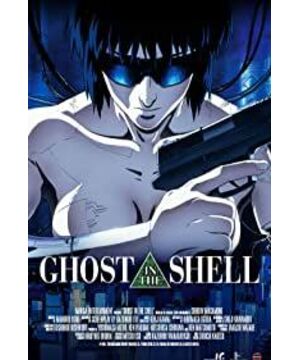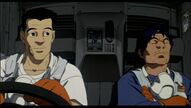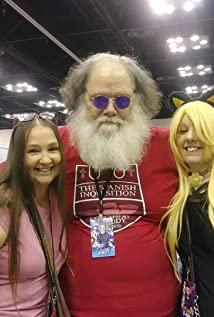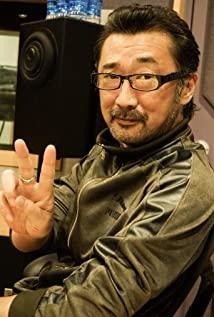"Ghost in the Shell" was originally a manga serialized by Masamune Shirou in the pirate edition of Weekly Young Magazine on April 22, 1989. In 1995, the work was directed by Oshii Mori and moved to the movie screen. The "Ghost in the Shell" series that Jack mentioned is the film series directed by Mamoru Oshii. The "Ghost in the Shell" series mainly tells the following: In 2029, with the advancement of technology and the increase in computer crimes, the government established the 9th Division of Public Security, a special force headed by the cyborg Motoko Kusanagi, commonly known as the Ghost in the Shell. In the process of confronting the dark forces, Motoko began to think about the meaning of her own existence and that of the whole world.
Those who have seen "The Matrix" must be impressed by the physical structure of the back of Neo's neck and the network connection port in the movie. This idea came from "Ghost in the Shell". For cyborgs, the body is just a shell that carries the human soul, a hub for computer connections, just like the English name of "Ghost in the Shell", which is "Ghost In The Shell". In the process of solving the case, Suzi constantly doubted himself: If like a machine, the body can be replaced, the memory can be modified, and when it can be immortalized, what is it that people have? What is the meaning of existence?
There is a passage in the film: "Probably all full-body prosthetics will have the same confusion, maybe I died a long time ago, and now I'm just a virtual personality composed of prosthetics and an electronic brain, maybe the real one. "I" never existed at all. After all, my existence is only judged by the surrounding situation." In this way, not only cyborgs, but also humans may not exist. And everything is just a program. For example, human DNA is actually a self-storage and update program. Memories disappear, bodies disappear, and only DNA like programs is passed down from generation to generation.
The classicity of "Ghost in the Shell" lies not only in the innovation of the concept, but also in its stunning graphics. If you want to choose the most beautiful fight scene in the movie I've seen so far, the "Ghost in the Shell" fight scene in the museum can definitely be in the top three. Its restraint on emotional rendering and the control of scene tension are so calm that it is outrageous. Cold raindrops kept falling from the roof, and as soon as a hot cartridge case fell into the stagnant water, a stream of water vapor immediately rose. The indestructible spider tank kept firing in order to kill the agile Moko, leaving only the ruins of the museum in the flames. At this time, the climax appeared. In order to open the top cover of the tank, Motoko was determined and desperate, the strong muscles of the body gradually protruded to the limit, and the whole body of Motoko fell apart: the flesh, wires and accessories were scattered.
Although the world described and the world view carried by "Ghost in the Shell" is a bit obscure, it is absolutely shocking, and the music and pictures it displays can also be classified as classics. Finally, it ends with a verse written by the Japanese Noh drama master Shiami quoted in "Ghost in the Shell": "Life and death come and go, a puppet.
Although, I wanted to end it so coolly, but a song suddenly sounded in my mind: "In another fifty years, we will meet, and we will be sent to the crematorium, and all will be burnt to ashes. No one knows anyone, and they are all sent to the countryside to be used as fertilizer. Ah dear friends, who will burn them first? Burn you first, burn me first, they are all human bones anyway.” Don't care about some unpleasant things, don't keep memorizing them, anyway, we will dance square dance together in 30 years, and we will make fertilizer together in 50 years.
View more about Ghost in the Shell reviews











